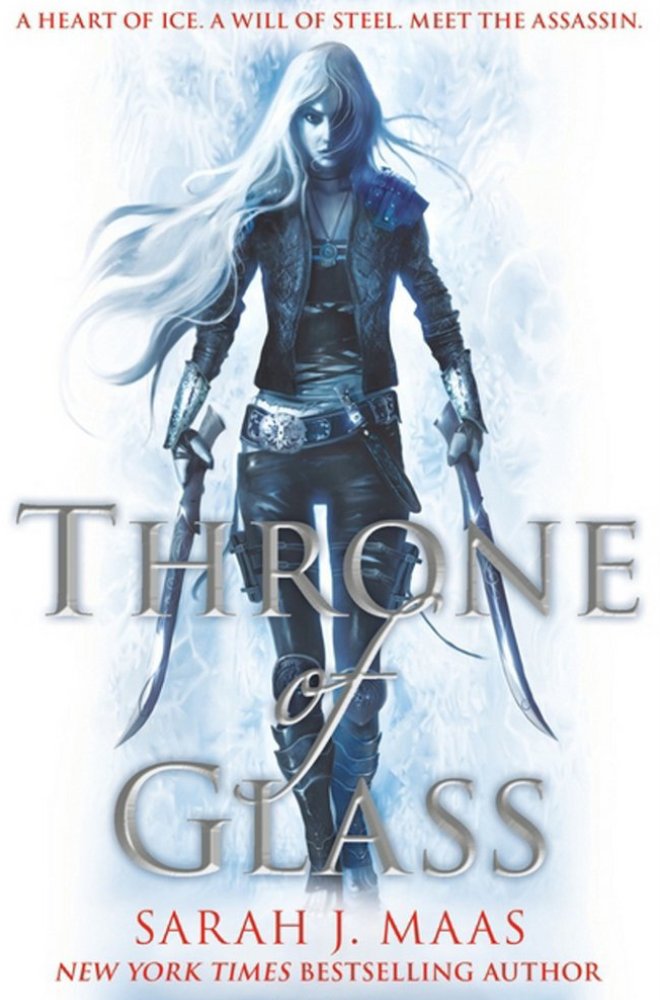I think one of the biggest problems with Strixhaven is, that it uses pure D&D 5e. Outside of spells and invocations, 5e doesn’t have mechanics for learning things.
The whole Skillsystem with a unified Proficiency-Bonus is also not really useful if you want to simulate Students to learn something.
Like any magic school setting/adventure would ne a complete new subsystem about Learning stuff.
And I don't know if that could be done with 5e without twisting it into something completely different.
I bought the strixhaven book and thr lack of any "how to run a class" and "how to have students actually learn" things was just painful.
Like, for a Wizard (and maybe Warcraft for non-Casterz) academy/school to work, we perhaps need to start at a level 0.
We would need to start with a lower standard array (13, 12, 11, 10, 8, 6) and have Students actually do classes and training and studying to improve the attributes over the next 4 years while they also gain class levels.
We would need a system to track training/learning progress. We need a system for training and learning.
Like (just a simple system I just made up) a school semester has 20 weeks (+Holidays) and you pick every week where you will focus your training on am attribute and one skill. If you train an attribute for a number of weeks equal to the attribute score (like if your Strength score is 6, you need to train 6 weeks) to have a good chance to increase it to 7. The same with skills. Maybe we need to introduce more granular Proficiency steps, to simulate the learning experience. Like 0,5 (half Proficiency), 1 (normal Proficiency), 1,5x profiency and 2x (expertise) and you need to train and study to increase your skills. The same with weapon and armor proficencies and spell casting.
So let's say per semester you will gain a level. You start at level 0. You have 20 weeks per semester. Every week you can focus on up to 3 things - study, friends, student job, extra curricular activities...
And now you have to make decisions. You can go full on studying and training in one attribute or skill or ability, but than you have no friends and no money ... you can go to parties to increase train your charisma, but you could get hangover and study worse and so on.
You are know making decisions on how to gradually build your character.
That is something you would need for a magical school setting. Like, if you don't have rules for learning, studying and getting better, what is the point of a magical school setting?





